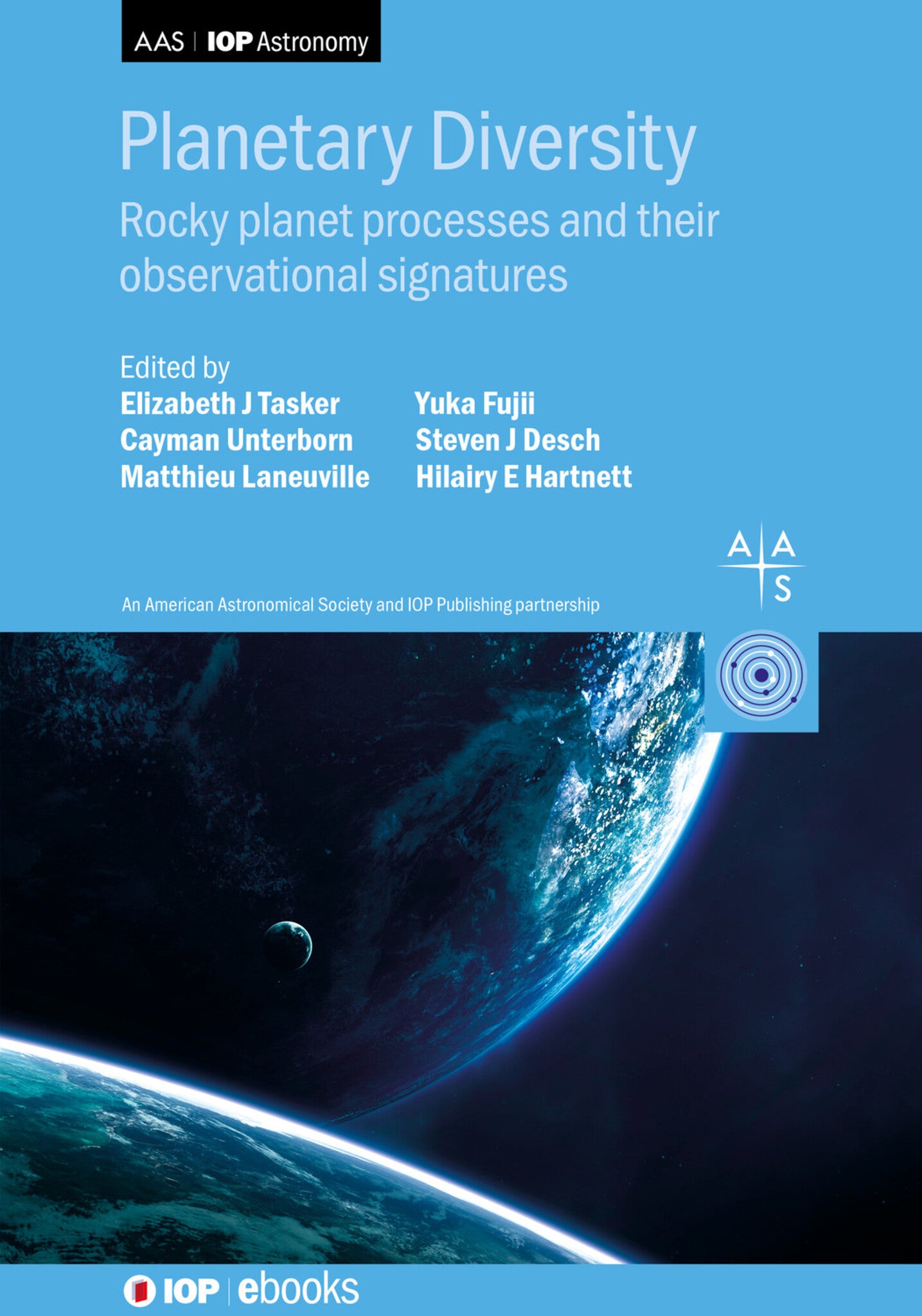We're sorry. An error has occurred
Please cancel or retry.
Planetary Diversity

Some error occured while loading the Quick View. Please close the Quick View and try reloading the page.
Couldn't load pickup availability
- Format:
-
14 December 2020

The last 30 years have seen an irrevocable change in the field of planetary science with the discovery of the first planets around stars other than our own Sun. While approximately 20 percent of the exoplanets we have discovered are close in size to the Earth, the similarity of their surface environment to our home world remains unknown. This book presents an exploration of the potential diversity of rocky planets through a quantitative study of how planetary processes change as properties deviate from the Earth. Changes in four specific properties are considered: the presence of a magnetic field, the production and loss of internal heat, planetary composition and volatile abundance.
Key Features
- Provides a quantitative exploration of the potential diversity of rocky planets through deviations from the Earth
- Presents current data and theories related to rocky planets from across the disciplines of astrophysics, solar system and Earth sciences
- Summarizes information across all three fields relevant to the study of a particular planetary property, rather than by object
- Provides a resource for seeding the cross-disciplinary work required to support up-coming instruments

SCIENCE / Space Science / Astronomy, Solar system: the Sun and planets

Overall this book is a selection of somewhat disconnected chapters and would have greatly benefited from a concluding chapter summarising the material and discussing future research in rocky exoplanets within both an astronomical and astrobiology perspective. What will the discovery and characterisation of many rocky exoplanets tell us about our models of solar system and planet formation? and How will this knowledge inform us about the possibility of life evolving on such planets and our ability to search for such life? This is book is therefore one to have as a reference to dip into and then use the multitude of references to follow up if you wish to study and research in the field.
Nigel John Mason 2021 Contemporary Physics Taylor & Francis Group
Challenges in understanding planet diversity
1 - Observations of Exoplanets
2 - Formation of a Rocky Planet
3 - Magnetic Fields on Rocky Planets
4 - The Heat Budget of Rocky Planets
5 - The Composition of Rocky Planets
6 - The Volatile Content of Rocky Planets



